Top 10 Essential Ecommerce Pricing Strategies To Beat Your Competition
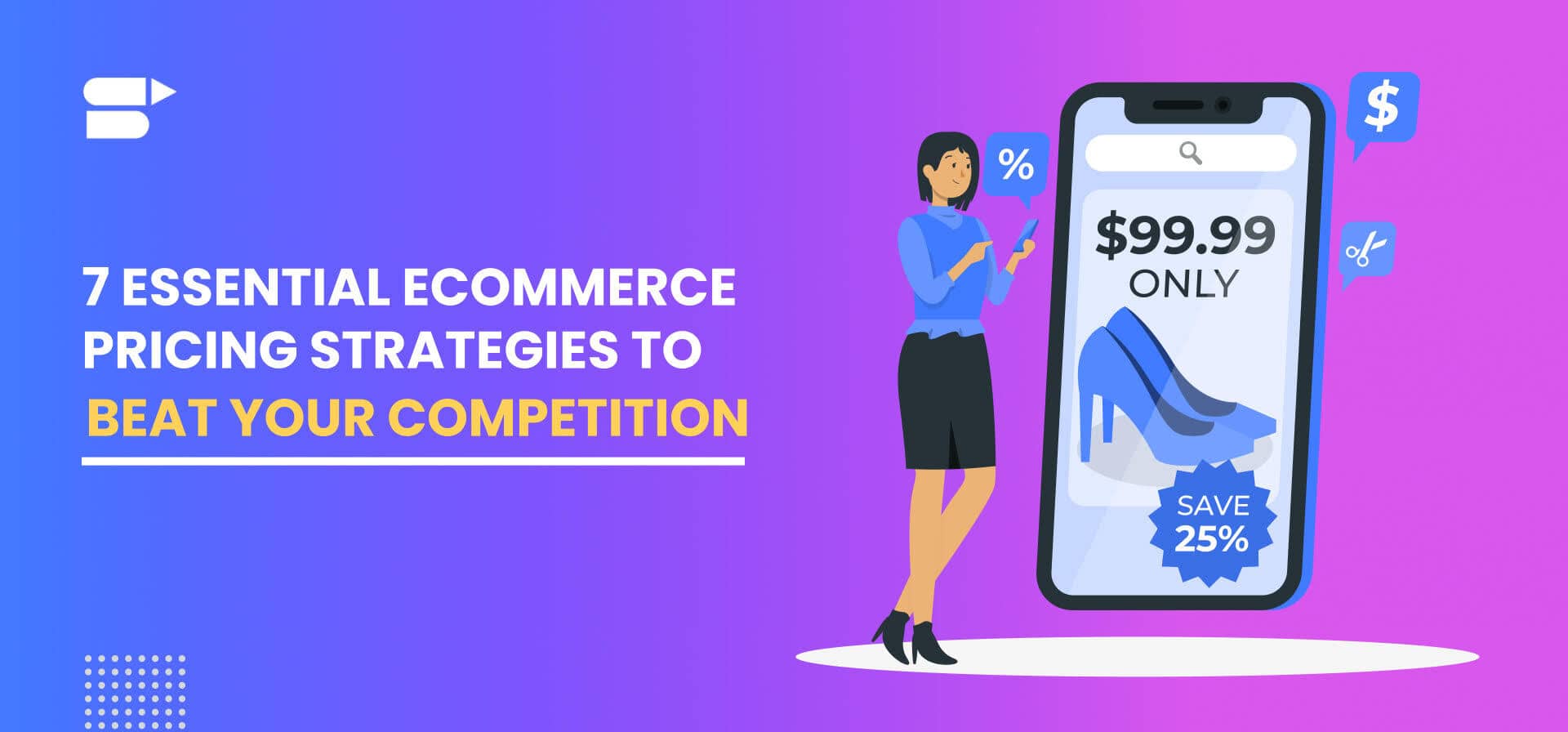
The world of online business is growing every single day. Currently, there are 12 million to 24 million online businesses in the world.
With so many eCommerce websites existing in the market, and many new ones emerging with each passing day, the competition in the market has become cutthroat. Businesses have to step up their marketing game to attract the audience and persuade them to turn into their customers.
Once you have succeeded in bringing your prospective customers to your website, the challenging part will begin for you, i.e. to convince the visitors to add the products to their carts.
Your products, images, catchy descriptions might convince the visitor to add products to his cart, but what is the one thing that will push him to seal his buying decision?
Keep yourself in customers’ shoes and think about what would compel you to add products to your cart?
Good product images?
Excellent quality of products?
Customer Reviews?
Or… excellent prices?
Customers get swooned away when they come across a website that offers them goods at excellent prices.
An effective Amazon pricing strategy is vital to help your business set a price that will keep you ahead of the competition, increase your revenue, and maximize your profits.
Recommended Guide: How to increase your sales on Amazon.
A business can set a price to maximize its profits, survive in the market, increase its market share, or give tough competition to rival firms.
Pricing is one of the essential factors for developing a marketing strategy. The product’s price is the first thing that buyers consider when deciding to buy goods or not.
Companies have to consider more factors than just profit.
Companies have to make sure that their prices cover the manufacturing cost, operational and marketing cost, and provide them with a good profit.
If you want to earn profits and survive in the market, it is crucial for you to set the best price for your products.
If you are new to the world of eCommerce, setting the price might seem like a complicated and time-consuming process. Setting a higher or a lower price may land your business in hot waters. Higher prices will divert the customers to your competitors, and setting a lower price means little to no profit.
In today’s article, we will shed light on some essential pricing strategies that will help you set the optimum price for your goods without cutting your profit.
Seven Essential Ecommerce Pricing Strategies To Beat Your Competition
1. Cost-Based Pricing
This pricing strategy is commoner than the rest on the list. People who are new to the world of eCommerce use this strategy to set the price of their goods.
The cost-based price strategy is pretty simple. It focuses more on the business side than the customer side. The business sets the price according to the profit it wants to make. It doesn’t take into consideration how much the buyers will be willing to pay.
To calculate the selling price of your goods based on this strategy, you have to add the cost of the goods, all the expenses incurred by the business, and the amount of profit you want to earn per item. The sum of all the things will be your selling price.
Let’s take an example here, suppose the cost of a product is $10. The business had to pay $4 as freight and $5 for packaging expenses. Now, the company wants to earn $6 on each piece that it sells of this product.
Add them up, $10+$4+$5+$6= $20.
Hence, the business will set $20 as its selling price.
2. Competitor-Based Pricing
It is another one of the most simple and common eCommerce pricing strategies. To set the price according to a competitor-based strategy, a business must do a bit of research first.
A company has to keep an eye on the prices set by its rivals for the same product it is selling. For instance, if an eCommerce store is selling books, it must check the prices of the same books set by its competitors.
Create a list by noting down the different prices set by the competitors. Once done, mark the lowest and highest price. Take the average of the highest and lowest price. It will give you the selling price of your products.
Many beginners make the mistake of setting their products’ prices less than the average price. Do not make this mistake! It will deprive you of a decent profit and make it difficult for your business to cover up its operational and marketing expenses.
Have a look at the example below:
- The cost of a moisturizer is $14.
- The expenses of the business are $7.
- The total cost of the product becomes $21.
- Now, the business calculates the average selling price, and it is $30.
- The business can subtract its cost from the average selling price to derive its potential profit.
- $30-$21=$9. The business will earn $9 on the sale of each moisturizer.
3. Consumer-Based Pricing
Consumer-based pricing, also known as value-based pricing, involves both the above two strategies, i.e., cost-based pricing and competitor-based pricing. However, there is a little twist to this pricing strategy.
Apart from considering the cost of the product, the business expenses, and the average selling price, companies have to add the value they provide to their customers.
The best part about this strategy is that it allows you to set a reasonable price for your customers without depriving your business of profit.
The main factor to consider in this strategy is the value that a business provides its customers. The Unique Selling Point (USP) that you offer to your customers is the value. Think of what makes your goods or services unique from the ones found in the market? Is it quality, quantity, packaging of your goods, or the customer service you provide to your valuable buyers? Figure out what you can provide your customers to increase the value of your products and win their loyalty.
Let’s move onto the calculation for this pricing strategy:
- Calculate the cost and expenses of the product you are selling. Suppose it is $12.
- Next, calculate the average selling price by using the competitor-based strategy. Let’s say it is $18.
- The profit that you will get is $18-$12= $6.
- If you add some value to your products, let’s suppose you offer excellent packaging that your rivals don’t add to the selling price. $18+$2= $20.
- Now your profit has increased from $6 to $8 on selling each product.
4. Dynamic Pricing
This pricing strategy is what its name suggests, flexible. The prices set with this strategy are subject to change based on the demand and supply in the market.
A company can increase or decrease the price of its goods according to the competition prevailing in the market and the supply of the goods. If the competition has increased in the market, or new businesses are entering the market, the price of the products can be reduced to make them cheap and attract more customers.
Similarly, if there is a high demand for the goods in the market and a few suppliers fulfill the demand, then a business can increase its prices. Besides, if the company has bought extra stock and fears that it will go out of fashion, expire, or get damaged, then too, it can sell it at low rates to clear the stock.
To adopt this pricing strategy, a business must be vigilant to the prices set by the competitors.
This pricing strategy is best for the eCommerce businesses that have time and resources to stay updated with the competitors’ prices, demand in the market, and the suppliers dealing in the same niche.
5. Bundle Pricing
If you are operating under a highly competitive niche, bundle pricing is suitable for you. This pricing strategy also works well for attracting visitors to your store and boosting your ecommerce sales.
To determine the price under this strategy is pretty simple. All you have to do is create a bundle of complementary goods and sell them together for a reduced price.
Selling bundled goods help the business to increase its average order value. The company will record a single transaction on the sale of multiple things.
To create a bundle of goods, check which items are your hot sellers. Pair those items with low-selling or low-priced items to create a bundle. For instance, a pair of jeans is a popular item in your store and is priced at $15. A t-shirt is priced at $5 and shades at $10. If the customer purchases these items separately, he’ll have to pay $30. However, if the business makes a bundle of these items and sells it for $24, customers would be happy to save $6 on purchasing three things together.
This tactic of bundling goods also works well if you want to clear your stock or sell your less popular items.
6. Loss Leader Pricing
Were you ever tricked by the thumbnail or the description of a YouTube video? The uploaders use click bait in the form of thumbnails or deceiving titles to catch the viewers’ attention and get them to play the video.
Loss-leader pricing works the same way.
The marketers catch the customers’ attention by displaying low prices of the products, making the person wonder how a company earns profit by selling items priced so low. Well, the trick is, they don’t make a profit by selling the item at a price that hardly covers the cost or expenses of the businesses.
You must be wondering why a business would use this pricing strategy if it doesn’t make a profit. Well, remember we talked about tricking the people?
A loss-leader pricing strategy is used to tempt the customers to your website to explore more products. Or to sell the products for which the customers would come back to your website for ordering a refill. For instance, a company might sell a printer for $100. The customer will purchase the printer because of its low price, but once he runs out of ink, he will return to the website to order the ink refill, priced at $55.
Similarly, some websites sell oil diffusers for $25. But the essential oils that are needed to use the diffusers are priced at $12 for each bottle.
In the above two examples, the primary items (printer and diffuser) are sold at a loss, which is then covered by the sales of refills and oils.
This pricing strategy works best for the business that sells products with add-ons or refills or something that makes the customer repeat his purchase.
7. Price Skimming
We are sure that you must have across many ‘Exclusive offers’ or ‘Limited Edition’ on the various websites. The tactic of offering something scarce or special makes the customers crave it even more. It creates an emergency and acts as an effective catalyst for a customer to decide about purchasing the product.
Most of the brands display their expensive items under the banner of limited edition or special edition. The customers believe that the collection launched is scarce and will run out soon. Because of the fear of missing out, customers are ready to pay a high price because they get a limited edition product.
Another tactic that the companies use to create urgency is cutting down the price for a limited period. For instance, companies can offer a 30% discount for the next 24 hours. It will make the customers shop within the next 24 hours to avail of the discounts.
This tactic works wonders when you want the customers to hurry up and add products to their shopping carts.
Bonus Pricing Strategies…!
Since you all have been a great audience and made it till here, we have a little gift for you. We have included some bonus pricing strategies that will help you to set the perfect eCommerce product prices on your website to beat your rivals.
8. Break-Even Prices
This pricing strategy is used by businesses to clear their stock before it gets expired, rotten, or unsalable.
The selling price includes the cost of the product and the other expenses. It doesn’t contain profits. An entrepreneur deploys this strategy to recover his costs and expenses even if he doesn’t profit from it.
9. Geographic Pricing
If your eCommerce store sells its goods to different countries, you cannot keep one selling price for all the nations. You have to consider the tax, freight charges, and customs duties to the cost of your goods.
Moreover, you have to follow the country’s rules and regulations and the prevailing competition in the market to set your selling price.
This pricing strategy is not used alone. It is combined with other approaches to set a selling price for trading goods in foreign countries.
10. Odd Pricing
This pricing strategy is an excellent way to set a competitive price for your eCommerce products. The customer always notes the left-hand side digit while checking the price. A product that costs $4.99 will appear cheaper than a product that costs $5.00. Though the difference between the prices is just 1 cent, the customer prefers the first product because number 4 is lesser than 5.
To make your customers purchase more, set odd prices for your goods. If your product is priced at $10.00, change it to $9.95. It will trick your customers into believing that the goods are priced reasonably and not on the expensive side.
Wrapping Up
The perfect pricing strategy for your business will be hugely dependent upon the nature of your business and its goals.
Business and risks go hand in hand. There may be a sharp increase in the cost of the raw material or the inventory that you purchase. Labor costs, freight charges, taxation, etc. are also subject to increase or decrease; therefore, be prepared to set your prices to survive in the market, earn a profit, and stay ahead of your rivals.
Make sure to set a fair price for your customers. Consumers have become smart, make your pricing strategy strong to outsmart them. To do this, you can always use an Ecommerce Data API to collect accurate and necesary pricing data.
Additional read:
Everything you need to know about eCommerce Demand Forecasting.
How to Beat Your Competition on Amazon – Strategies Revealed
How fashion eCommerce Retailers can Reduce Online Returns


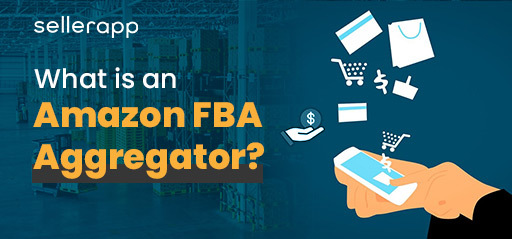
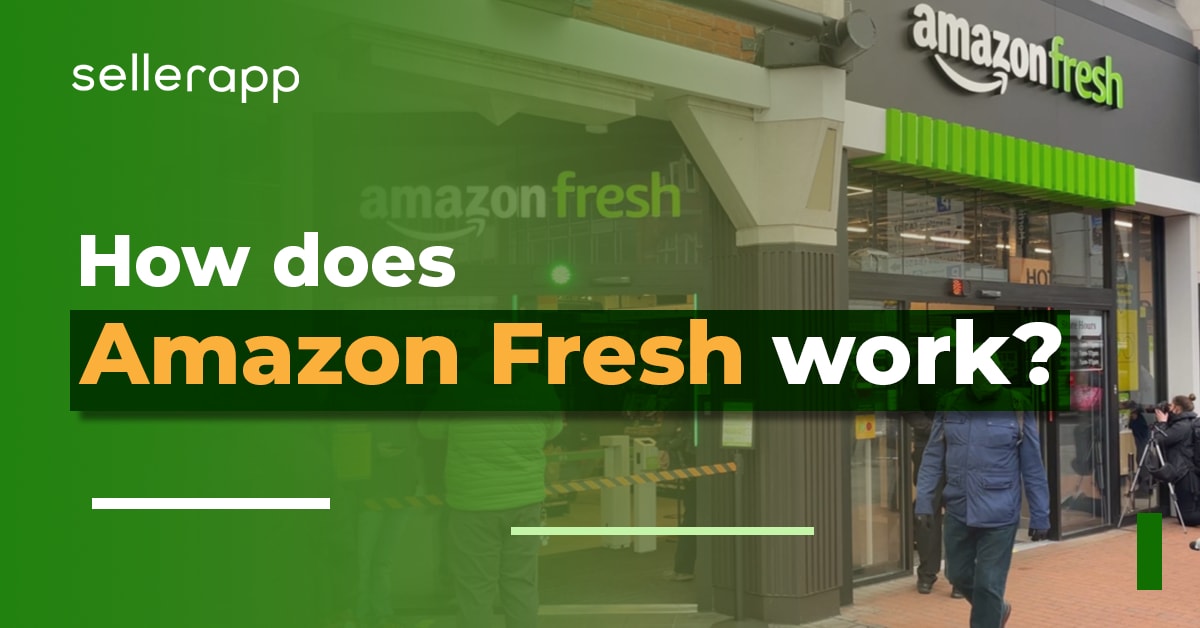


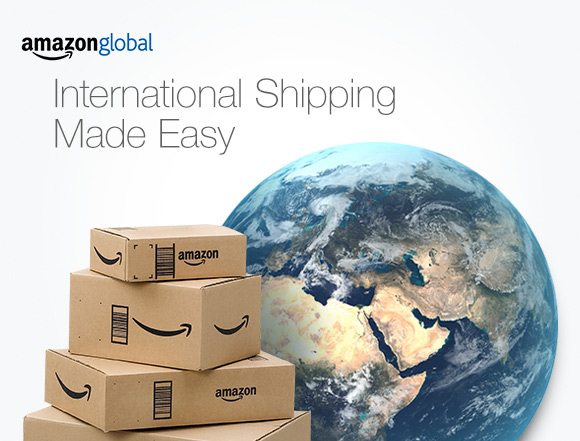
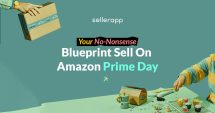
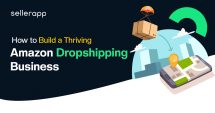
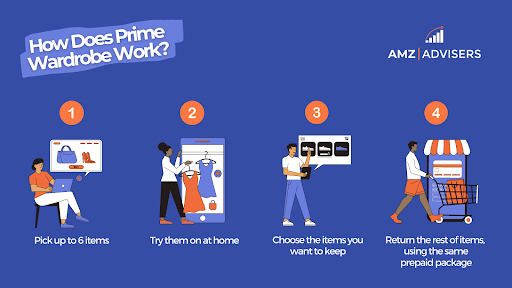
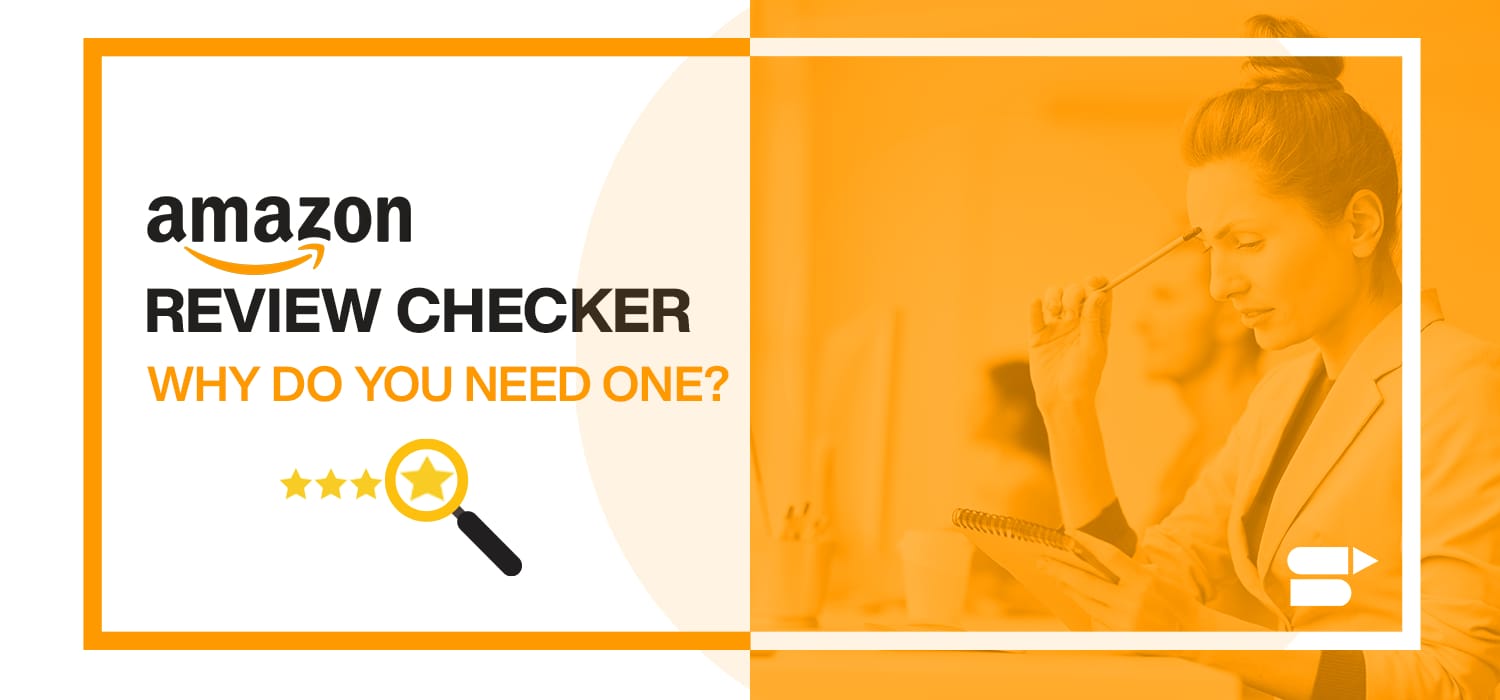
Ava
July 5, 2021Tons of valuable information. Thanks a lot.
Ethan
August 16, 2021Knowledgeable data is mentioned in the post.